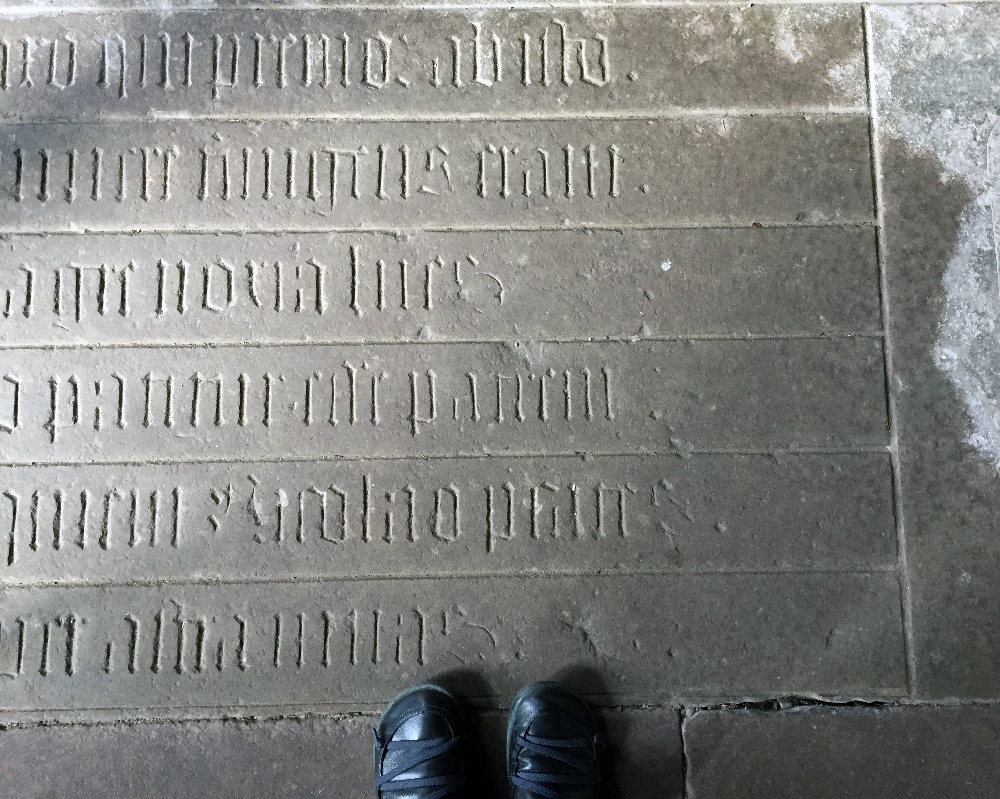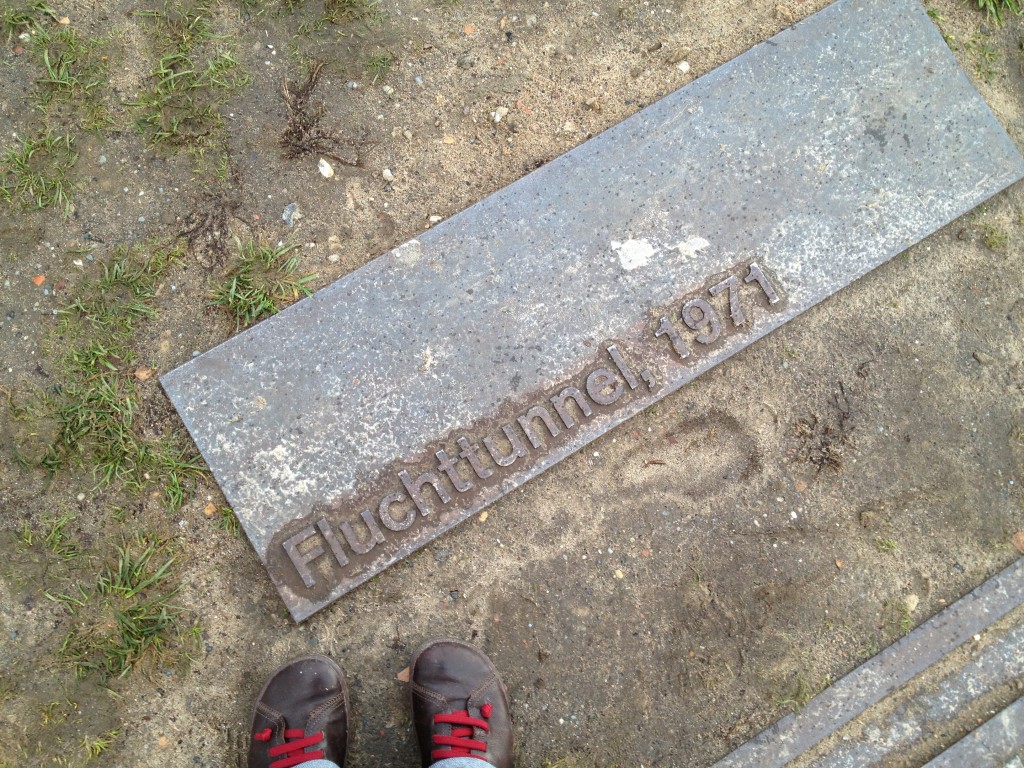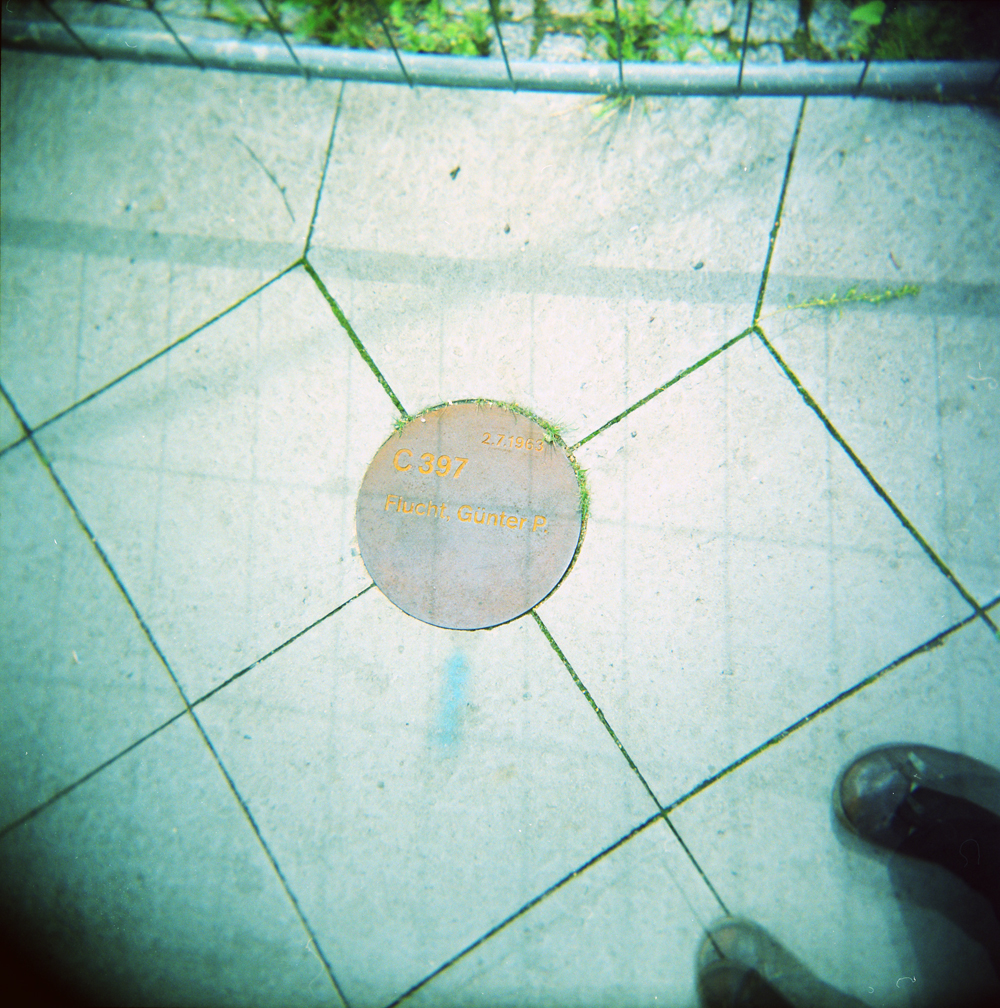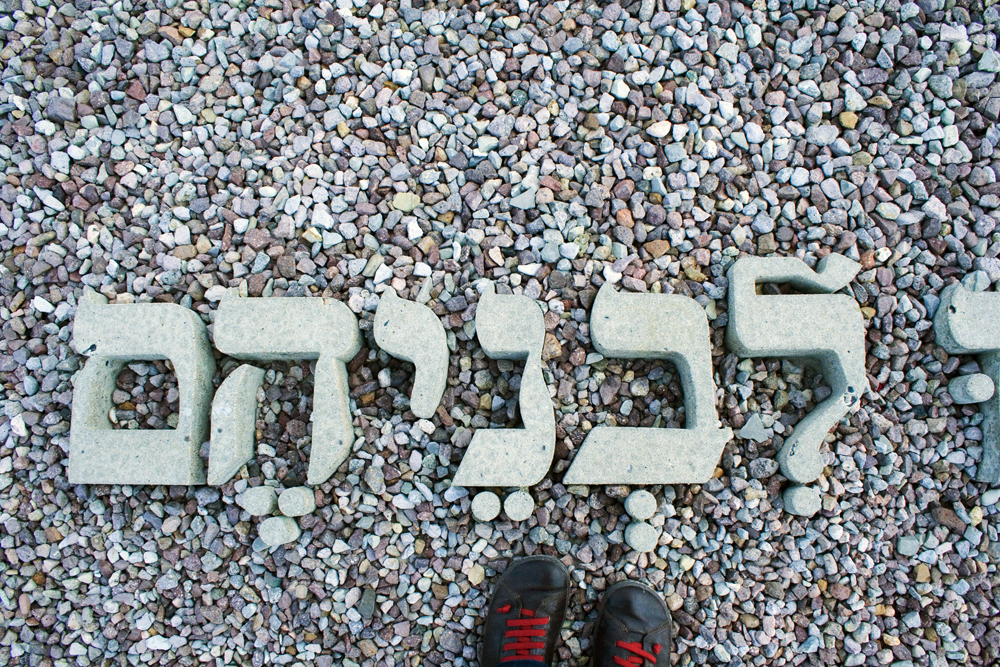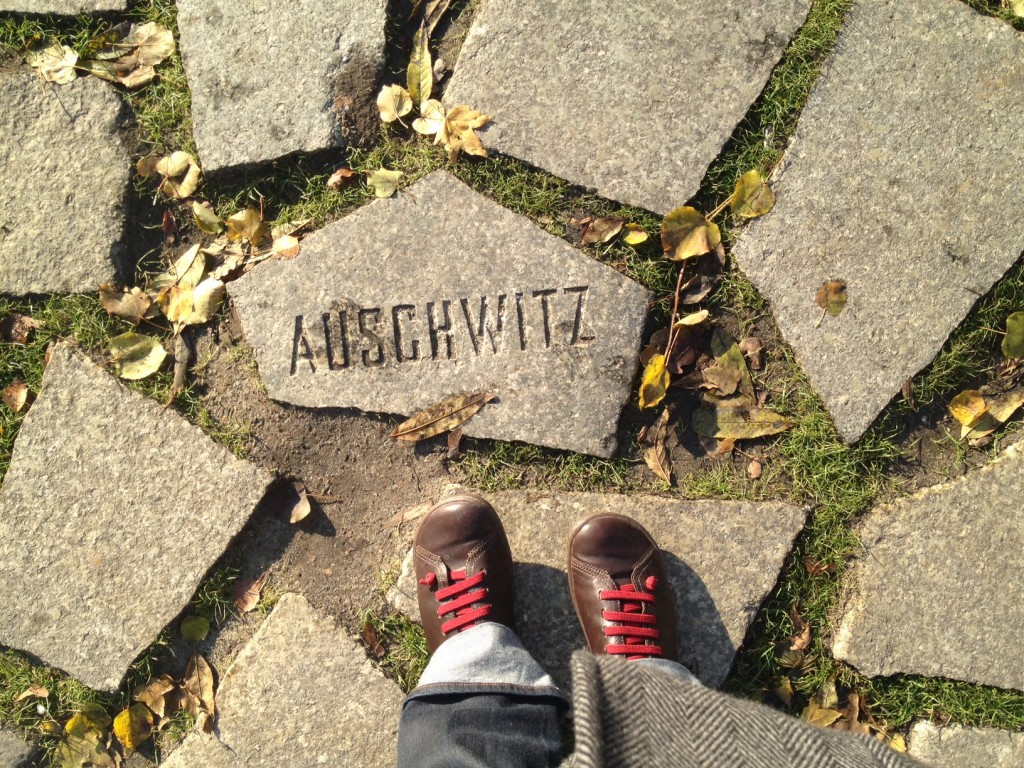
the sinti and roma holocaust memorial on tiergarten opened only recently – despite them having been one of the largest groups of victims of the second world war. it’s a round pool, with a triangular stone which every day sinks and rises. a single fresh flower is laid on it. on the edges of the pool, the poem ‘Auschwitz’ by Santino Spinelli is displayed:
“Gaunt face
dead eyes
cold lips
quiet
a broken heart
out of breath
without words
no tears.”
on the ground around the pool, scattered stones remind the visitors of the places where sinti and roma were persecuted, while a lonely violin plays in the background…
more from this series.

